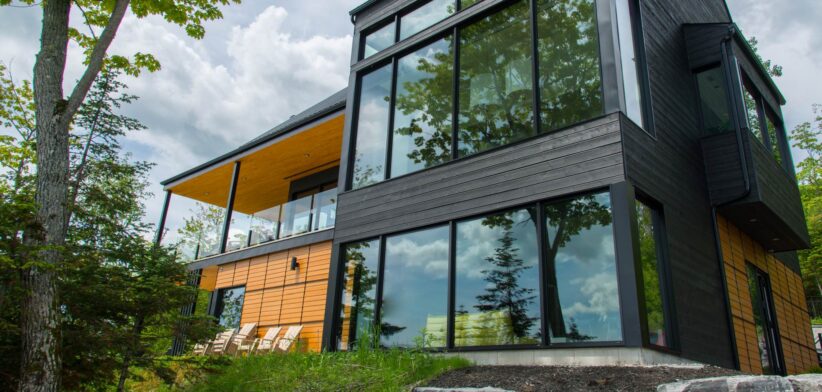An energy rating scheme for new houses in Australian is to be expanded to existing homes.
Federal Assistant Minister for Climate Change and Energy Josh Wilson said the Nationwide House Energy Rating Scheme (NatHERS) currently provided a standardised approach to rating the energy efficiency of new homes.
Mr Wilson said the scheme evaluated the design, materials and construction of the house and considered fixed appliances and on-site energy generation and storage.
He said program was being expanded to existing homes, with trials underway in partnership with CSIRO, banks and property valuers.
“NatHERS energy ratings range from 0-10 stars, with 7 stars recently adopted through the National Construction Code as the benchmark for new home builds in most jurisdictions.
“Around 70 percent of Australia’s 11 million existing homes are estimated to have an energy rating of 3 stars or lower.”
Mr Wilson said improving a home from 3 to 5 stars could reduce the energy needed for heating and cooling by around 40 percent.
He said ING would be the first bank involved in trials, with selected ING customers who refinanced or topped up their mortgage invited to take part in the free trial.
“Banks will cooperate with valuers and NatHERS assessors to provide participating households with trial home energy rating certificates.
“We want to empower Australians to take control of their home energy use and be able to make informed decisions about upgrades and appliances that will deliver lasting cost of living relief.”
Mr Wilson said housing accounted for about 25 percent of electricity use and more than 10 percent of emissions.
“Extending NatHERS to existing homes will give Australians who live in older residences the opportunity to improve the energy efficiency and climate resilience of their homes – to reduce energy costs, improve household health and comfort, while also helping to reduce emissions.”








